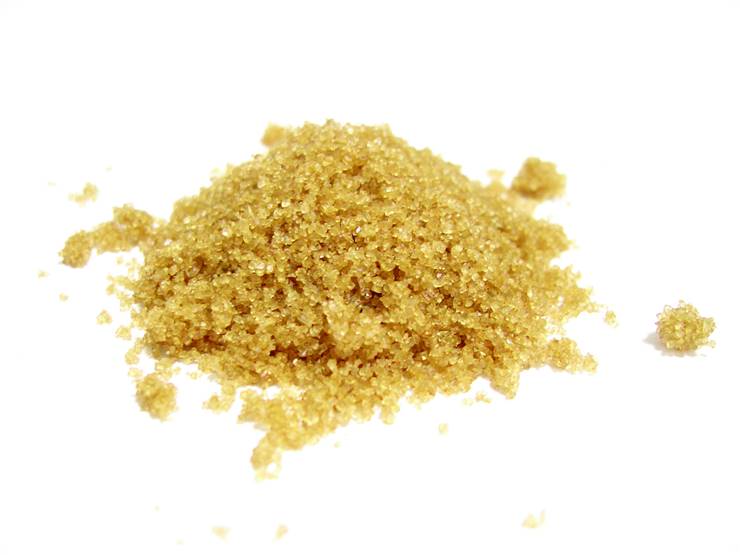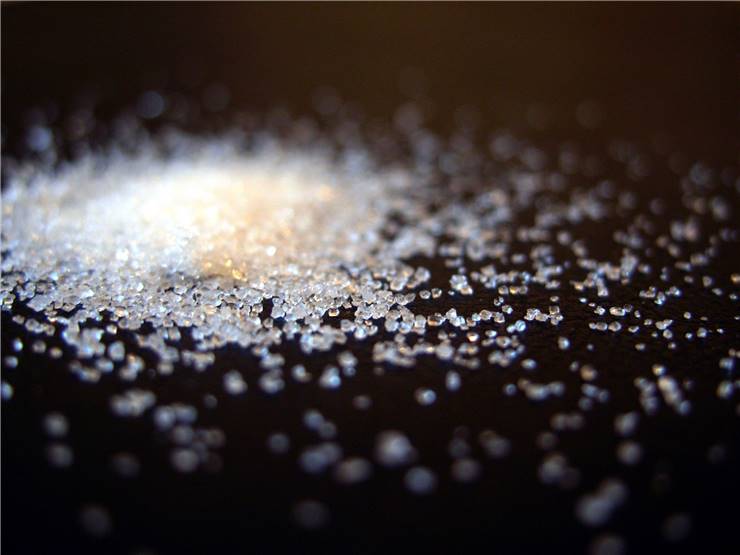Types of Sugar - Types by Structure and Color
Sugar is one of the most important ingredients to many of our modern meals, and because of that during last 300 years scientist created many types of sugar that. Here are some of the most famous types of sugars. Many of these types are today used only in industry and by high-end cooks, with only few of the m available to in modern supermarkets. The most important separation between all sugars can be found in their basic structure and by their color.
Types by structure
At their core level, sugars are differentiated by their basic formula. Monosaccharaides are the sugars that can be found in plantjuices as the result of the very important process of photosynthesis (with the help of sunlight, plants can transform ground water and carbon monoxide from the air into oxygen and sucrose).

Monosacharide sugars (C6H12O6)
- Glucose (also known as dextrose or grape sugar) can be found in nature in many fruits and plant juices. This type of sugar is created during the process of photosynthesis, during which ingested carbohydrates are converted in glucose. In industry, glucose can be produced from starch by enzymatic hydrolysis.
- Fructose can be found in fruit plants, some vegetable roots, sugar canes and honey. They are the sweetest of the sugars, and because of that they can be found in some of the most-sweetest food products that are produced today. In industry, they are created by adding enzymes into glucose, which transforms part of it into fructose.
- Galactose cannot be found directly in nature in vegetables or fruits, but they are present in metabolism of animals as a component of antigens on the surface of red blood cells. They play an important part in determining blood groups.
Disaccharide sugars (C12H22O11)
- Sucrose is most common sugar that is found in sugarcane, roots of beet, and in many other plants (but in the smaller quantities). This sugar type is most common and it can be found in every kitchen in the world.
- Maltose is produced in the germination process of certain grains, such as barley. In its basic structure, maltose is a combination of two molecules of glucose, and is not very sweet.
- Lactose is a sugar that is produced naturally in the milk. It’s formed with the combination of one molecule of galactoseand a molecule of glucose. Some adults loose the enzyme that can break down this type of sugar, and therefore they cannot consume milk-based food products.
Types by color
White sugars:
- Granulated sugar is the most popular sugar of them all. It can be found in any house and market, under the name of common sugar.
- Powdered (icing) sugar is a granulated to have very small particles. It’s most commonly used as a decoration and a final topping on many sweet products.
- Coarse sugar is also used for decorations of many food products. However this type doesn’t have small particles, but larger crystals that can be used in great effects for making sugars that will not change colors during the cooking.

Black sugars:
- Brown sugars retain some of the darker tones from molasses that remains in their structure. Lighter shades of this sugar are used in manufacture of butterscotch, condiments and glazes, but darker shades are used for gingerbread, mincemeat, and baked beans.
- Demerara sugar has large golden crystals. It’s most often used in tea and coffee.
- Free-flowing brown sugars are created in the process of co-crystallization. Because of its lack of moisture, they have structure that resembles that of white sugars.
- Turbinado sugar is a very lightly processed sugar. It’s used mostly in beverages.

